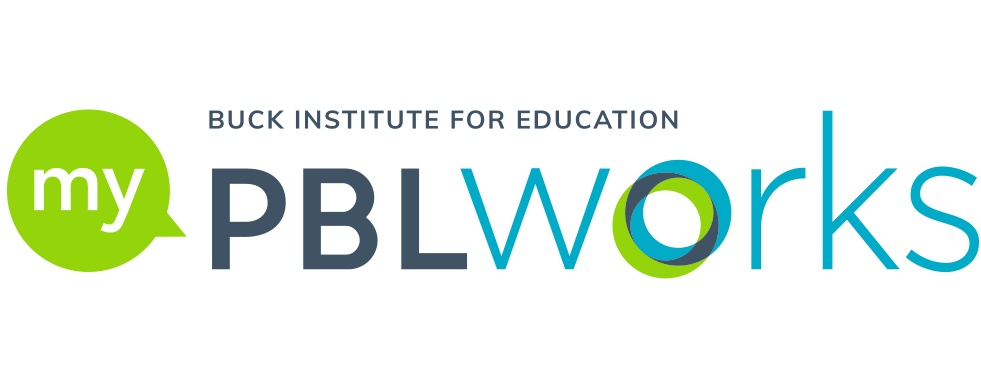Meet the BIE National Faculty: Chris Fancher
I am a 7th grade design thinking teacher at a K-12 IB Charter School in Round Rock, Texas. All of the 7th graders see me because design is a required course in the International Baccalaureate (IB) world. In my past 20+ years of teaching experience, I taught math from grades 6 to 12 plus a few years at the community college level.
In 2008 I was teaching Algebra 2 at a conventional high school in Round Rock when I was contacted by the founding principal of Manor New Technology High School, near Austin. He was looking for an “old” math teacher who was comfortable with technology and was willing to try a new method of instruction. After touring the school I agreed to change schools and I went to my first training for the New Tech Network (NTN), which immersed teachers in this thing called Project Based Learning (PBL).
I spent four years at that school teaching Algebra 1 and Geometry, and I also started teaching engineering classes and attended training for Project Lead the Way. In 2012 I was asked to be the instructional coach for PBL at a middle school in Manor that was converting to the NTN model. After three years there I found out about a school that was looking for a design teacher. With an engineering degree and having taught engineering, I decided to head back into the classroom.
Two of My Math Projects
My co-teacher and I were attempting to teach Algebra 1 and the first year of geometry to 9th graders in one school year. To start the year off and focus on algebraic reasoning, we decided to have our first project be about functions. We called the project The Art of Math. Students were given all of the parent functions that they would see in a high school career and were told to create art from the functions. To do this the students had to understand the mathematical ideas of domain and range as well as intersections of graphs. The final products were presented like an art gallery, with the best artwork hung in the classroom for the year.
The second project was a geometry project where students were given a map of a fictitious island and instructions to find the “buried treasure.” The instructions were written using geometry constructions. Once the students successfully located the treasure they were told that they needed to build a boat that would carry their treasure to another island. The treasure was actually pennies and the students designed boats that would carry the pennies. To explore linear relationships (algebra) they had to estimate how many pennies their boats could carry using a buoyancy equation. Finally they had to create a new map for a new island with instructions on how to locate their buried treasure. These instructions had to be written using geometry constructions. The treasure maps and buoyancy demonstrations were presented to other students and teachers.
Lessons Learned
Sometimes projects don’t go as planned and the school calendar can impact the schedule. We had an engineering project that was supposed to be completed by the time we left for our holiday break in December. Because of other events it wasn’t complete when we left for the holidays. Upon returning my co-teacher said, “We need to kill this project!” I was shocked that he would suggest such a thing. But after discussion we both realized that student interest and, in turn, the opportunity for deeper learning had been lost because of the break.
When the students came into class the next day we told them we were stopping the project. We filled that day with reflections around, “What have we learned?” When they came to class the following day we started a brand new project—with the realization that we would have to incorporate some of the learning that had not been covered in the old project.
My Work as a PBL Workshop Facilitator
When working with adults in a PBL workshop or support visit it is wonderful and refreshing to see teachers start to truly understand what it takes to get students to want to be in charge of their learning. Often I hear teachers say that this is the best professional development they have attended. At the same time that statement always makes me wonder why that is the case. If we give teachers an opportunity to collaborate with other teachers, time to plan for their upcoming school year, and time to get feedback from their peers, then all PD experiences would be this valuable.
To become a competent PBL teacher it takes time. Teachers need to work on one aspect of the PBL process with their first project so that they, and their students, can be successful. Teachers should take time to reflect with their students about how the project went. For their next project, focus (again) on that one aspect so that it can be improved, but add another into the project. For example, during the first project have students present to an authentic audience. Now, in project 2, add an opportunity for students to choose what they want to do, increasing voice and choice. With time, and reflection, teachers can (and will) improve their project facilitation.
For information about BIE’s professional development services, click here.
Do you have questions or comments? Please enter them below.
To view or download this resource, log in here.
Login